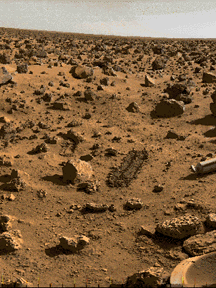This image shows some of the soils of Mars from the Viking 2 landing site, Utopia Planitia.
Click on image for full size
NASA
Martian Soils
Soils form through a complex interaction of the molecules of soil with particles and molecules of the atmosphere. Measurements of the soil contribute to an understanding of a planet's climate, weather, surface processes, and atmospheric composition because of the way in which soils form.
Before the Viking Mission to Mars, knowledge of the kinds of rocks present on Mars was based on the martian meteorites, which were all mafic, igneous rocks. The first analysis of Mars' soil from Viking landers found no evidence of life, instead showing that organic molecules are even more scarce than on the Earth's moon. The Viking missions did confirm the presence of water in the soils and atmosphere, in both solid and vapor form.
The soils found near the rocks explored by Mars Pathfinder's Rover were similar to those found by Viking I (check the large topographic map of Mars for the distances between these two landing sites), even though the rocks were not. At the Viking landing site the rocks were commonly coated with a bright red dust, while at Ares Vallis, these rocks were rare. Instead the rocks seemed to be mostly dark gray in color. This suggests that soils of Mars may be a globally deposited unit, perhaps carried around the globe by global dust storms.
Of results returned by the Mars Pathfinder mission, soils found by the Rover do not seem to be derived from the rocks at the Mars Pathfinder landing site. Scientists did not find evidence of hematite, maghemite, nor goertite - important iron bearing minerals, near the landing site. Mars is expected to have more than the ususal amount of iron in the top soil (hematite and maghemite are magnetic materials), since the core is small, and the magnetic field, generated in the interior, is weak. Scientists are busy trying to understand these puzzling results.
You might also be interested in:

What types of instructional experiences help K-8 students learn science with understanding? What do science educators teachers, teacher leaders, science specialists, professional development staff, curriculum designers, school administrators need to know to create and support such experiences?
...more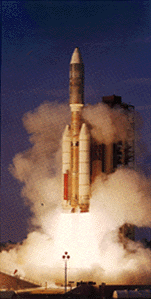
The Viking missions to Mars were part of a series of U.S. efforts to explore and better understand the red planet. Each Viking spacecraft consisted of an orbiter and lander. The landers were sterilized
...more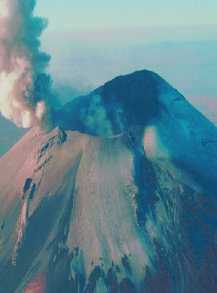
Igneous rocks form when molten rock cools and solidifies. Molten rock is called magma when it is below the Earth’s surface and lava when it is above. There are two types of igneous rocks, depending on
...more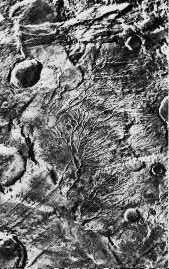
The presence of water near the surface of Mars, or lack of water, is a big factor in determining the climate of Mars, and the suitability of Mars to support life. Finding out what has happened to the water
...more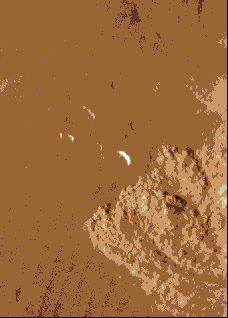
This image shows a local dust storm near the edge of the south polar cap. Viewing of this image at high resolution is recommended. This fascinating image shows dust swirling over a large area. Martian
...more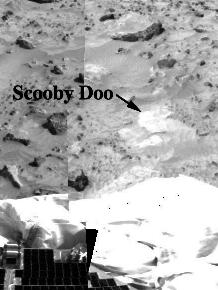
The rock shown here was named Scooby Doo. It was a pink rock, which means it is probably coated with drift deposits which have been cemented together. This rock is similar to what was found at the Viking
...more
In the past few decades, the Russian and American space agencies have sent many spacecraft to Mars. Some have been a great success while others didn't even make it into space! In 1998, Japan also joined
...more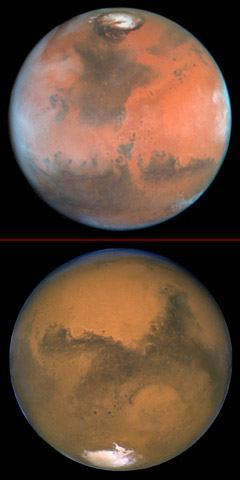
The North and South Poles on Mars are similar to the polar regions on Earth in many ways. They are the coldest places on the planet, with wintertime temperatures dipping to a frigid -150° C (about -238°
...more


